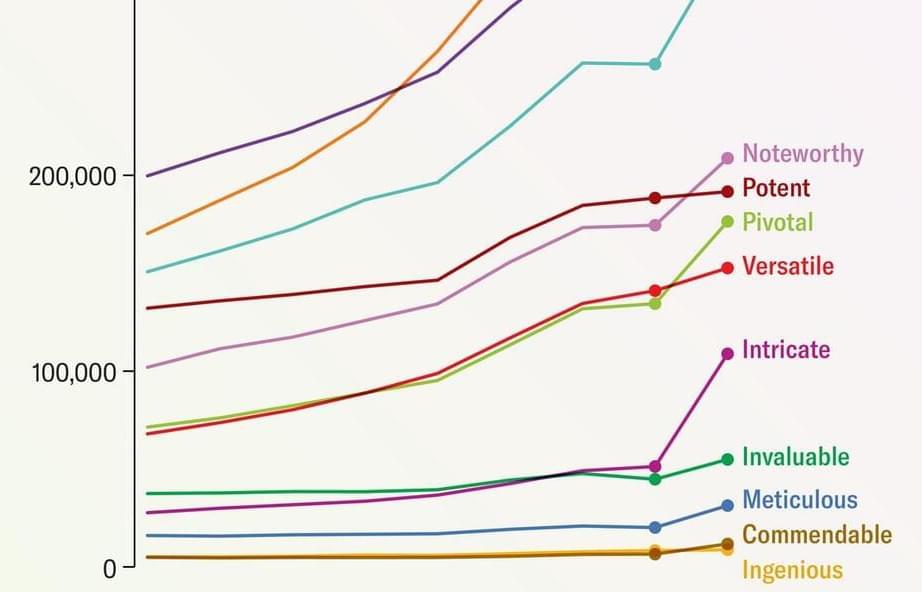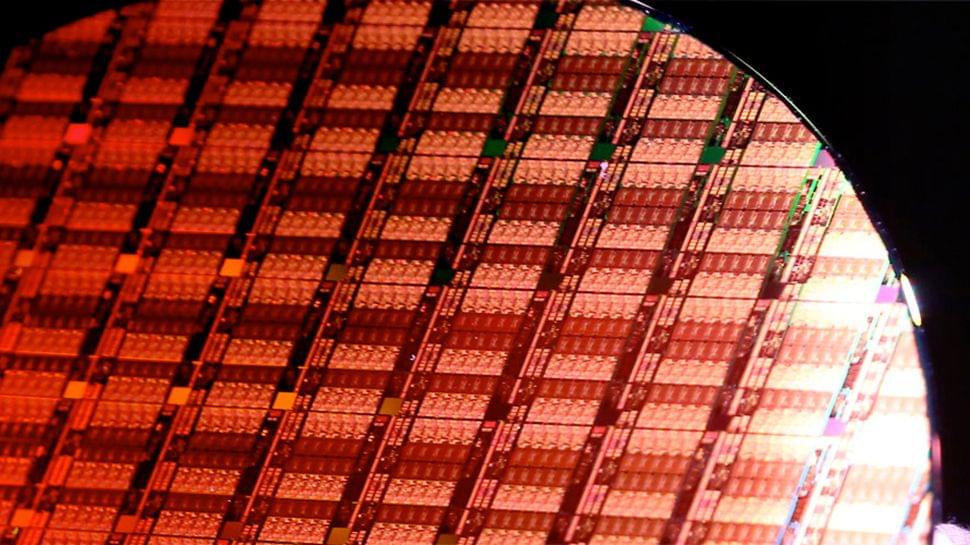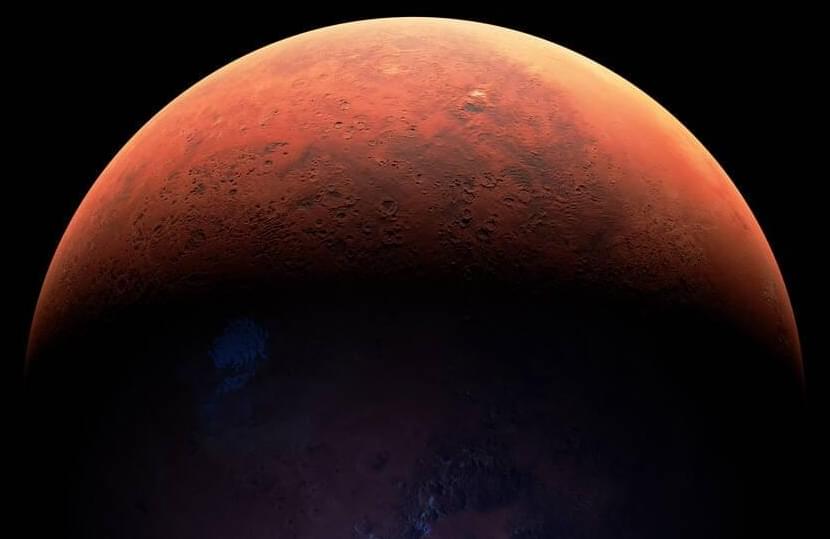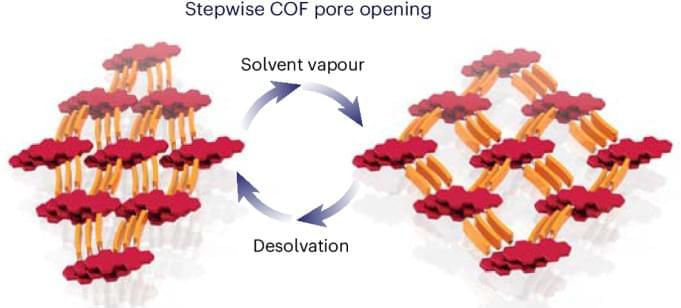To celebrate the launch of our new event series in the US, kicking off with a masterclass on the brain and consciousness, we have made five incredible stories on that subject free to read.


To celebrate the launch of our new event series in the US, kicking off with a masterclass on the brain and consciousness, we have made five incredible stories on that subject free to read.

One percent of scientific articles published in 2023 showed signs of generative AI’s potential involvement, according to a recent analysis.


As well as slashing travel time to neighboring planets, PPR promises to support the transport of much heavier spacecraft, which can benefit from shielding against galactic cosmic rays, allowing space travelers to spend longer periods outside Earth’s protective dome.
The latter will be the subject of the NASA Innovative Advanced Concepts (NIAC) study, which is focusing on a large, heavily shielded ship to transport humans and cargo to Mars for the development of a Martian base.
“The main topics included: assessing the neutronics of the system, designing the spacecraft, power system, and necessary subsystems, analyzing the magnetic nozzle capabilities, and determining trajectories and benefits of the PPR. Phase II will build upon these assessments and further the PPR concept,” NASA said.
The big bang is the model that describes the birth and evolution of the universe. But where did the term come from? What does it actually mean?
Watch this video ad-free on Nebula:
https://nebula.tv/videos/scienceasylu…
Nick Lucid — Host, Writer, Editor, Animator.
Em Lucid — Producer.
VIDEO ANNOTATIONS/CARDS
Element Origins:
• Not all your Atoms are Stardust.

Two-dimensional covalent organic frameworks (2D COFs) enable the construction of bespoke functional materials, but designing dynamic 2D COFs is challenging. Now it has been shown that perylene-diimide-based COFs can open and close their pores upon uptake or removal of guests, while fully retaining their crystalline long-range order. Moreover, the variable COF geometry enables stimuli-responsive optoelectronic properties.

Moving one step closer to understanding mysteries at the edge of the universe.
A group of researchers at the University of Waterloo and the University of British Columbia have discovered a potential “cosmic glitch” in the universe’s gravity, explaining its strange behavior on a cosmic scale.
For the last 100 years, physicists have relied upon Albert Einstein’s theory of “general relativity” to explain how gravity works throughout the universe. General relativity, proven accurate by countless tests and observations, suggests that gravity impacts not simply three physical dimensions but also a fourth dimension: time.


A new study examines whether and how well multimodal AI models understand the 3D structure of scenes and objects.
Researchers from the University of Michigan and Google Research investigated the 3D awareness of multimodal models. The goal was to understand how well the representations learned by these models capture the 3D structure of our world.
According to the team, 3D awareness can be measured by two key capabilities: Can the models reconstruct the visible 3D surface from a single image, i.e., infer depth and surface information? Are the representations consistent across multiple views of the same object or scene?
